Quantitative Bioscience at the University of Tennessee
Quantitative Cell Biology
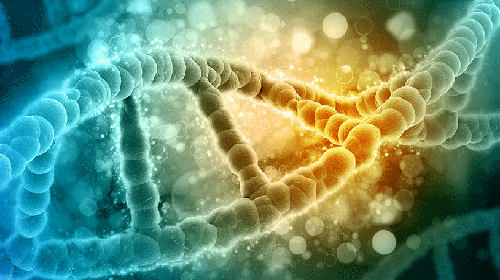
The cell is the basic building block of all life, but while most of the molecular components of the cell have been identified, the emergence of cell structure and behavior from molecular interactions remains a fundamentally mysterious process, as the internal workings of the cell itself take place at a mesoscale level of organization that is not accessible to direct observation. In quantitative cell biology, computer simulations, mathematical models, and quantitative measurement approaches inspired by physics are brought to bear on the question of how cells are put together and function. Quantitative cell biology uses computational and mathematical tools to describe and understand the behavior of a cell. Research also includes quantitative microscopy data acquisition and analysis from experiments. Accurate measurements are used to test predefined hypotheses in order to compare experimental data with predictions generated by theoretical models.
| Researcher | Department | Research Interests | |
|---|---|---|---|
 | Steve Abel | Chemical and Biomolecular Engineering | Computational cell biology and immunology, theory and simulation of soft biological materials, membrane and polymer biophysics, systems biology |
 | Vasilios Alexiades | Mathematics | Math biology (chemotaxis, action potentials, phototransduction), phase change processes (laser ablation, solidification), CFD, parallel computing |
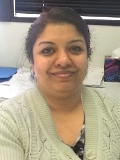 | Maitreyi Das | Biochemistry and Cellular & Molecular Biology | Study and experimental quantification of cell shape and polarity control |
 | Judy Day | Mathematics; Electrical Engineering & Computer Science | Mathematical modeling and control, dynamical systems, model predictive control, acute inflammation/immunology |
 | Shigetoshi Eda | Forestry, Wildlife and Fisheries; Associate Director, Center for Wildlife Health | Mathematical modeling of Johne's disease epidemiology and immunology, development of an onsite diagnostic system for diseases and physiological conditions |
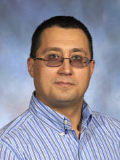 | Vitaly Ganusov | Microbiology; Mathematics | Mathematical modeling of CD8 T cell responses to acute and chronic infections |
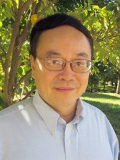 | Hong Guo | Biochemistry & Cellular and Molecular Biology | Computational molecular and structural biology |
 | Tian Hong | Biochemistry and Cellular & Molecular Biology | Computational systems biology |
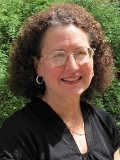 | Suzanne Lenhart | Mathematics | Optimal control, population and environmental models, natural resource modeling, disease models |
 | Vasileios Maroulas | Mathematics | Topological data analysis, applications of statistical learning methods to neuroscience and biology |
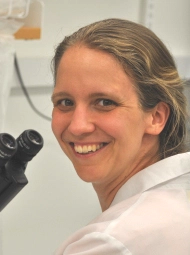 | Rachel Patton McCord | Biochemistry & Cellular and Molecular Biology | 3D genome structure and the biophysics of cell migration |
 | Andreas Nebenführ | Biochemistry & Cellular and Molecular Biology | Cell biology of organelle movement in Arabidopsis |
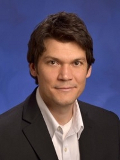 | Steven Wise | Mathematics | Mathematical biology, computational materials science, computational and applied math |
 | Xiaopeng Zhao | Mechanical, Aerospace, and Biomedical Engineering | Biommedical signal processing, medical informatics, dynamics and control, computational biology |
NIMBioS
1122 Volunteer Blvd., Suite 106
University of Tennessee
Knoxville,
TN 37996-3410
PH: (865) 974-9334
FAX: (865) 974-9461
Contact NIMBioS


